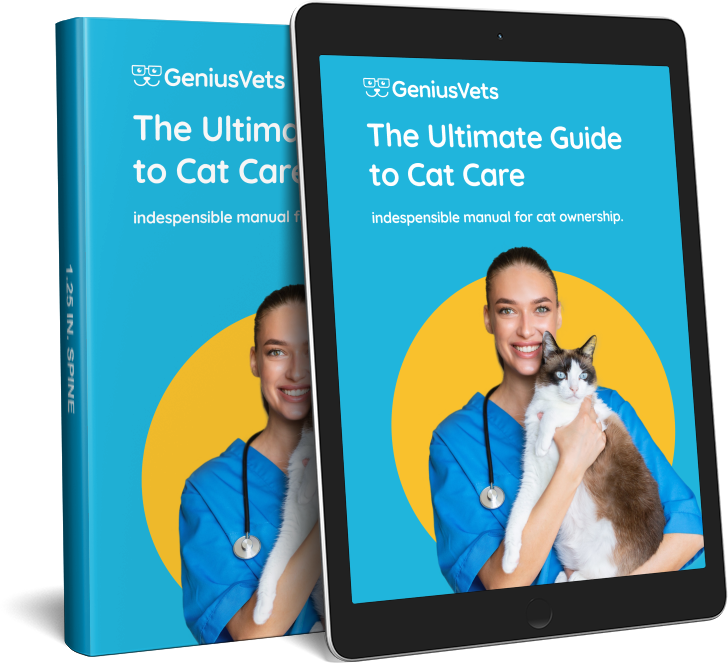Visiting the vet can be an anxiety-inducing experience for both you and your feline friend. Fortunately, employing Low Stress Handling® Principles of Handling can significantly ease the process, making it safer and more comfortable for your cat. Here's how you can prepare your cat for a low-stress blood draw visit while ensuring a positive and calming veterinary experience.
1. Mindful Greetings
- Avoid direct eye contact and approach your cat calmly, speaking in gentle tones.
- Allow your cat to come to you, respecting their personal space.
- Use distractions such as treats, brushing, or play to create a positive atmosphere.
2. Carrier Comfort
- Hold the carrier from the bottom to provide stability and minimize movement.
- Cover the carrier with a pheromone-infused towel to create a soothing environment.
- Elevate the carrier off the floor in the waiting room.
- Place the carrier on a table or floor in the exam room, avoiding sudden movements.
- Use treats or toys to entice your cat out of the carrier. If needed, gently lift your cat out without tipping or shaking the carrier.
3. Creating a Comfortable Environment
- Perform examinations where your cat feels most at ease, like your lap or inside the carrier.
- Have all necessary items in the room before starting to avoid constant entry and exit.
- Be mindful of the environment, minimizing distressing sights, smells, and sounds.
4. Appropriate Restraint
- Support your cat well, positioning your hands, arms, and body appropriately.
- Adjust handling techniques based on your cat's response and individual needs.
- Avoid prolonged struggling; if necessary, consider pre-visit medications or sedation.
- Steer clear of uncomfortable positions and never reposition your cat by pulling on legs, ears, tail, skin, or fur.
5. Reading Body Language
- Pay attention to your cat's body language and adjust your approach accordingly.
- Remember that your behavior and body language impact your cat's emotional state.
- Less handling often translates to a more positive experience.
6. Towel Restraint Techniques
- Familiarize yourself with various towel wraps for different procedures.
- Practice and patience are key to mastering these restraint methods.
- Towel wraps can be employed for procedures like blood collection, subcutaneous fluid administration, catheter placement, and injections.
By incorporating these techniques and being attentive to your cat's needs, you can significantly enhance their veterinary experience. Thoughtful changes, along with personalized handling and restraint plans, create a positive and stress-free environment, ensuring both you and your feline companion have a more pleasant visit to the veterinary hospital.
Don't have a vet in your area yet? We can help you find a local veterinarian.
If you have more questions, the GeniusVets Telehealth platform will give you unlimited access to text and/or video calls with board-certified veterinarians! To learn more click here.


